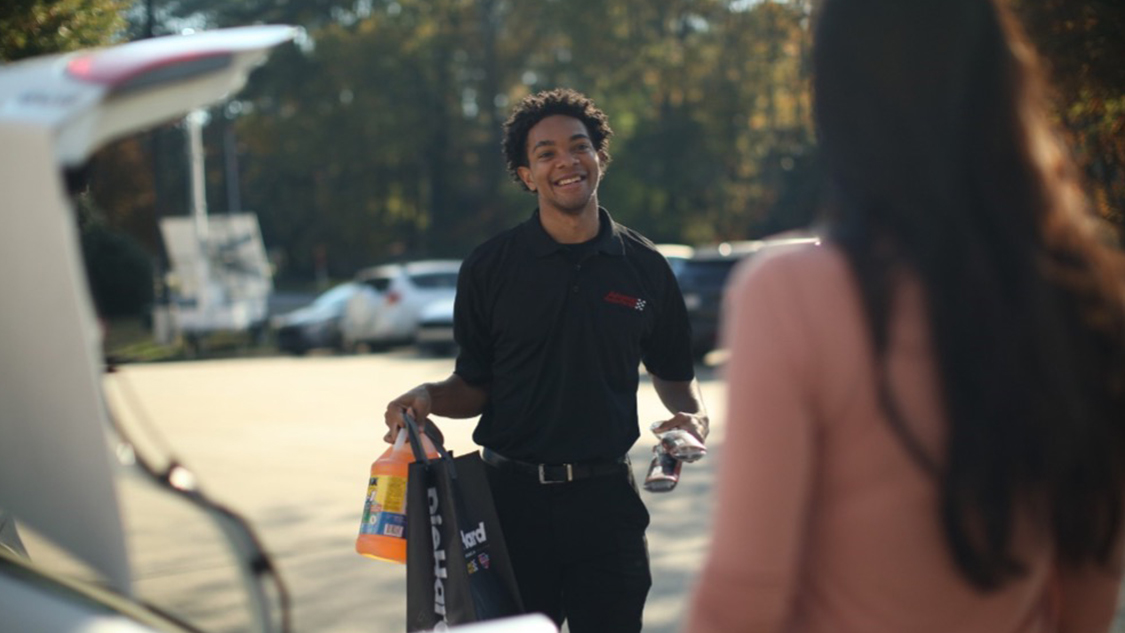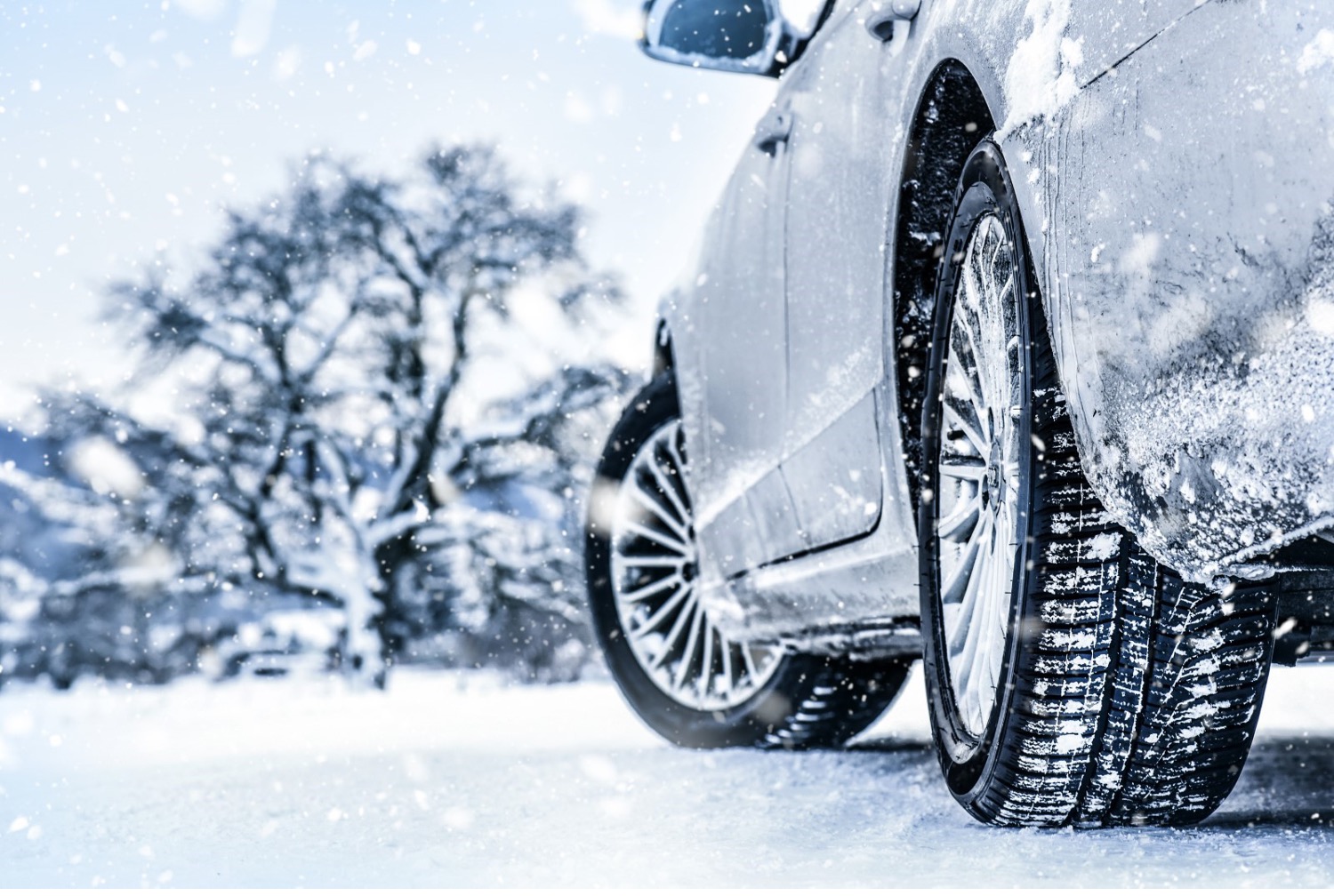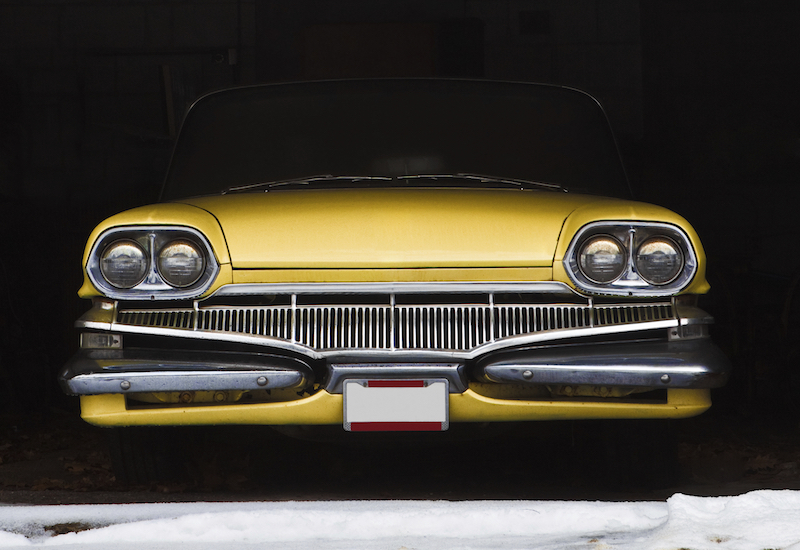When your cell phone gets wet, an easy and cheap remedy is to toss it into a bag of rice. That, unfortunately, isn't feasible with a flooded vehicle which, if mishandled, can end up a rust-covered hulk in the scrapyard in just a year or two.
Prevent rust damage—from the roof to the brake lines —of your flooded car with these steps. Skip the rice—let's do this right.

Source | U.S. Air Force photo by Airman 1st Class Greg Nash/Released
Get going
Normally a vehicle has some rust protection in the form of paint, and maybe some occasional wax or an undercoating. Rust is a chemical reaction caused by oxygen bonding to the metal to make it weaker. This can only happen when the metal is exposed to air, and the effect is worsened by water, which is why floods are so damaging long term.
Enthusiasts and classic-car appraisers look at flood damage like it's cancer. It's bad today, but it's just going to get worse if left untreated for a year. Weight reduction and aero mods are cool, but rust doesn't count when it destroys floor pans and leaves gaping holes in the fenders. Don't wait on insurance—get started right now.
I wash, you dry
That said, there's an easy way to get started preventing rust: Get your ride clean. If the flood was minor and your vehicle is drivable, hit up a nearby car wash to knock off all the crud. This is especially useful for getting underneath the vehicle. If parked at home, wash like normal using a car wash soap. Use a pressure washer or high-power nozzle to blast away grime from underneath. You don't want that sitting on the suspension parts or brake components and causing rust later.
Any new damage should be repaired as soon as possible. This includes scratches and chips in the paint. Hopefully you have some atouch-up paint, so go ahead and use that to cover any newly exposed bare metal. If not, clean the damaged area completely, then slather on a heavy coat of wax to act as a barrier until you can repair the damage permanently.
Down under
Just because it's out of sight doesn't mean it should be out of mind. Grab a creeper and a flashlight, and have a look at the underside. This is a chance to grab debris caught in the suspension and check for any new damage. Use the same approach you used up top, looking for exposed metal. Since the subframe usually doesn't need a show-winning shine, you can use a general rust killer down here. Even a sub-$10 aerosol can will block rust from forming, so it's super-affordable insurance. If you have the time, a high-quality rust-inhibitor kit will permanently block rust for a few bucks more. If you do find a developing rust issue, just sand it off with any sandpaper you have laying around, then apply the inhibitor.
Odds & ends
Chrome seems to take damage easily, and getting rid of established rust on something the size of a bumper gets expensive. Several companies offer rust treatments specifically for chrome that are easy to use and way cheaper than re-plating. Remember to take a look at exterior plastic and rubber trim, and send some love their way too with a dedicated cleaner and conditioner.
Ever wring the wet out of a flooded ride? Dumpster full of rice aside, how did you do it? Let us know in the comments below.
Natural Disaster Preparedness
Emergency Items & Advice







